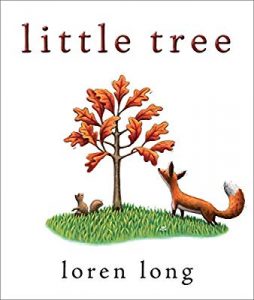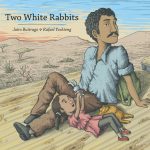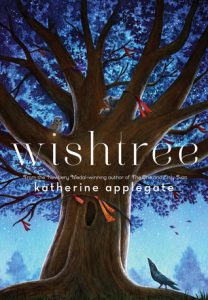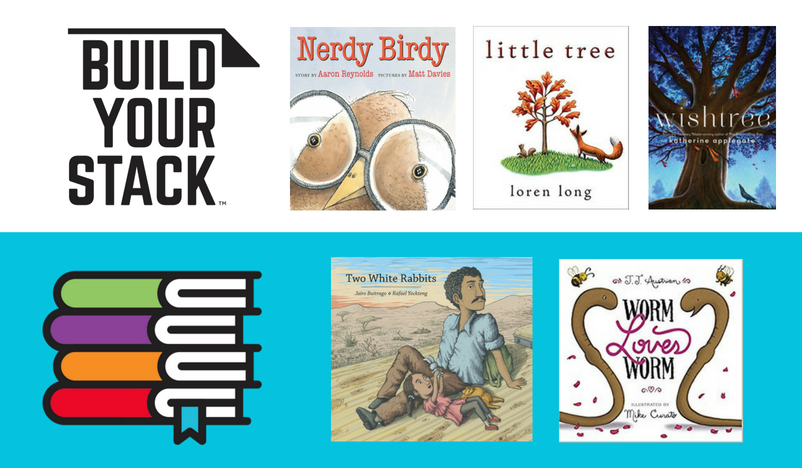This blog post is part of Build Your Stack,™ a new initiative focused exclusively on helping teachers build their book knowledge and their classroom libraries. It was written by NCTE member Stacey Ross.
We have all heard the saying, “It takes a village to raise a child.” As teachers, we are an integral part of the village as an extension of the child’s family. I like to call our classroom community our “daytime family.” A great deal of our students’ waking hours are spent with teachers, with their classmates, and in the classroom, which makes our village important in supporting the development of learners, thinkers, and speakers who will live their lives to the fullest.
With this in mind, I like to begin the year with the idea that my read-aloud choices remind us of who we are. Additionally, I look for books that nudge us to consider ideas and leading us to who we are becoming. Books in our “village” lift children up throughout the year.
While I have trusted favorites in my stack, finding new titles requires some research. Listening to children talk, offering them writing and reading conferences, and watching them as they learn and play all give me book selection clues. Every class has its own personality, and new titles are always being published, so each year, I build new stacks of books to share.
Reading and building my stacks of books is serious work. I list it as self-directed, professional development on the reflection piece of my teacher evaluation. Like all teachers, I’m short on time, so I rely on book award lists, blogs, Goodreads, and social media to keep me informed.
Some of my favorite resources are:
- Award Lists: NCTE’s Charlotte Huck Book Award lists titles that have the capacity to transform lives, making these books powerful members of our “Village.”
- A Year of Reading
- I’m Your Neighbor
- ADL Booklists
- Book Release Calendars
- Twitter: I like to follow publishers, authors, and illustrators of children’s literature. @diversebooks and @nerdybookclub connect me with book lists, reviews, and articles nudging me to explore complex issues and think about literacy.
- Goodreads offers a glimpse into the reading lives of others. Donalyn Miller, Colby Sharp, and Franki Sibberson are few of my favorites readers to follow.
A snapshot of books as members of my 2017–2018 classroom village:
Who We Are
Most second graders relate to these themes.

Nerdy Birdy, written by Aaron Reynolds and illustrated by Matt Davies, was the first book we read in our classroom this year. The theme of inclusion is an essential element for building a classroom community.

Little Tree by Loren Long is especially helpful when we are creating a classroom where mistakes and taking risks are necessary for growing and learning.
Who We Are Becoming
These books stood beside me as we tackled some challenging conversation and ideas in class.

I don’t like to shy away from difficult topics my students bring up in class. Two White Rabbits, written by Jairo Buitrago and illustrated by Rafael Yockteng, provides an immigration journey from the eyes of a child.

Worm Loves Worm, written by J.J. Austrian and illustrated by Mike Curato, reminds us that Love is Love, no matter what. This book has been a great resource in class countless times.

Wishtree by Katherine Applegate was my second-grade class’s favorite novel, shared during read-aloud. Our class discussions centered around diversity, inclusion, friendship, the environment, and standing up for what we know to be right.
What are your favorite books to read to students to help foster classroom community? Let us know on social media using #BuildYourStack!

Stacey Ross is a second-grade teacher in Austin, Texas. She is a current member of NCTE’s Build Your Stack committee and formerly served on the Charlotte Huck Book Award committee. You can find her on Twitter at @book_glitter and on her blog, Book Glitter.

